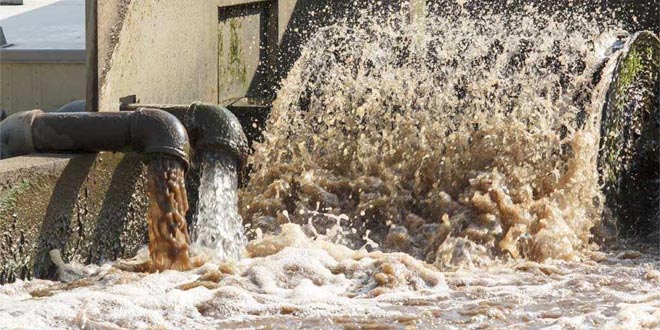New Delhi: Ganga river’s Faecal coliform (FC) level is found to be 3 to 12 times higher than the permissible level at most inter-state boundaries, according to the data released by the apex pollution watchdog Central Pollution Control Board (CPCB). Faecal coliform bacteria, such as E.coli, are found in excreta that contaminates water through untreated sewerage. The higher the level of FC, the higher the presence of disease-causing pathogen in water. The permissible limit for FC is 2,500 MPN (most probable number) /100 ml, while the desirable level is 500 MPN/100 ml.
The highest faecal coliform (FC) in the Ganges was found at Khagra in Berhampore in West Bengal at 30,000 MPN/ml which is 12 times the permissible limit and 60 times than the desired limit.
The CPCB released data of water quality of Ganga at nine inter-state boundaries passing through states of Uttarakhand, Uttar Pradesh, Bihar, West Bengal and Jharkhand.
Also Read: Even A Drop Of Pollution In Ganga Is Matter Of Concern, Says National Green Tribunal
The data of FC at two boundaries in Jharkhand was not given. The CPCB data showed the faecal coliform within the permissible level at only two boundaries — Sultanpur in Uttarakhand and Bijnor in UP.
According to the data, the other factors like pH, BOD, dissolved oxygen and conductivity was found to be within desired limit. The CPCB released the data on the direction of the National Green Tribunal which directed it to release data on water quality of the Ganga river at boundaries of the said states on its website.
NDTV – Dettol Banega Swachh India campaign lends support to the Government of India’s Swachh Bharat Mission (SBM). Helmed by Campaign Ambassador Amitabh Bachchan, the campaign aims to spread awareness about hygiene and sanitation, the importance of building toilets and making India open defecation free (ODF) by October 2019, a target set by Prime Minister Narendra Modi, when he launched Swachh Bharat Abhiyan in 2014. Over the years, the campaign has widened its scope to cover issues like air pollution, waste management, plastic ban, manual scavenging and menstrual hygiene. The campaign has also focused extensively on marine pollution, clean Ganga Project and rejuvenation of Yamuna, two of India’s major river bodies.


























